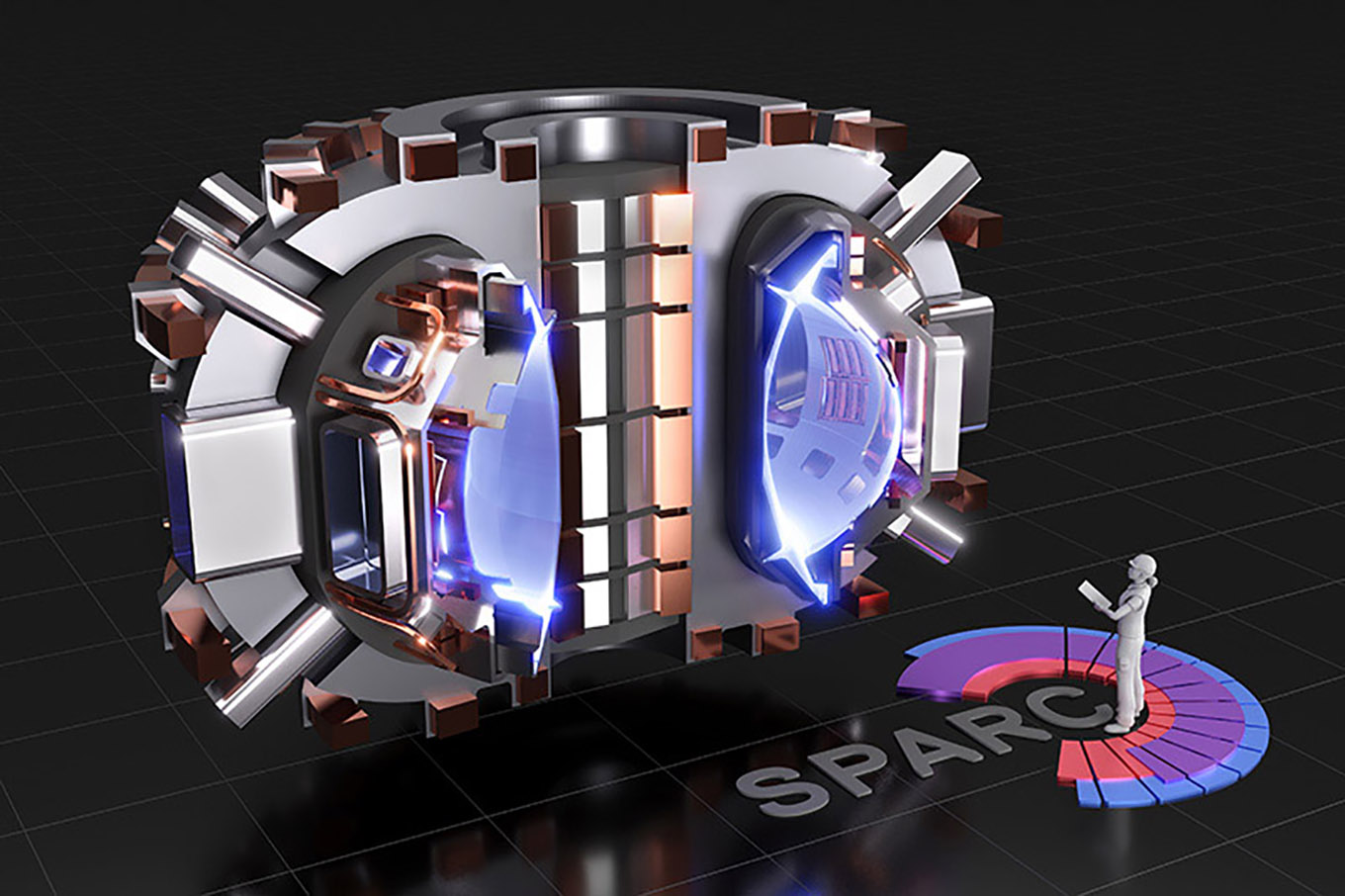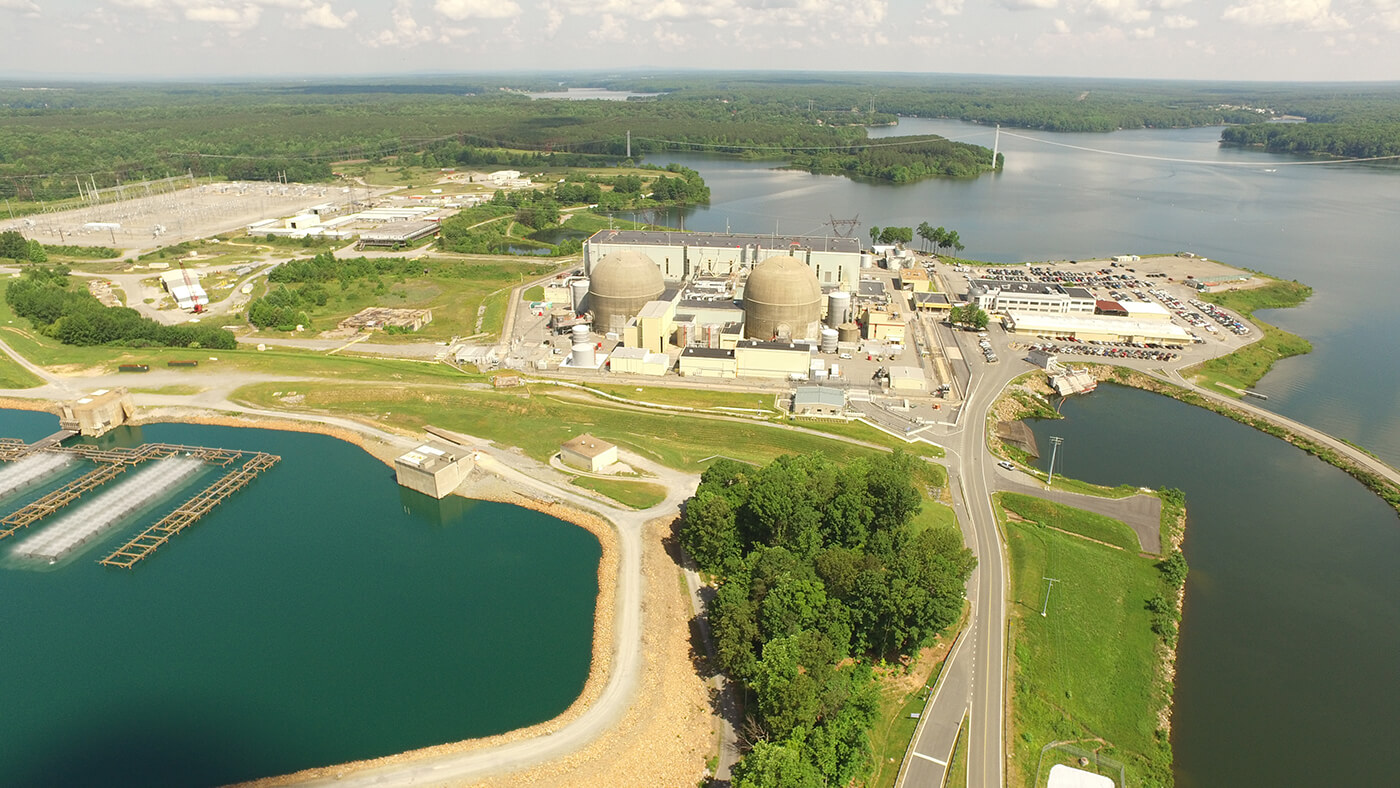NNSA extends comment period on scope of “dilute and dispose” EIS
The Department of Energy’s National Nuclear Security Administration has extended to February 18 the public comment period for the scoping of its planned environmental impact statement (EIS) for the Surplus Plutonium Disposition Program, which would dilute and dispose of 34 metric tons of surplus military grade plutonium.
The NNSA on December 16 announced its intent to prepare the EIS, which will examine the agency’s preferred alternative, “dilute and dispose,” also known as “plutonium downblending,” and other alternatives for disposing of the material. The NNSA has been pursuing the dilute-and-dispose approach to managing the surplus plutonium following the cancellation of the MOX Fuel Fabrication Facility at the DOE’s Savannah River Site.


 A film titled
A film titled 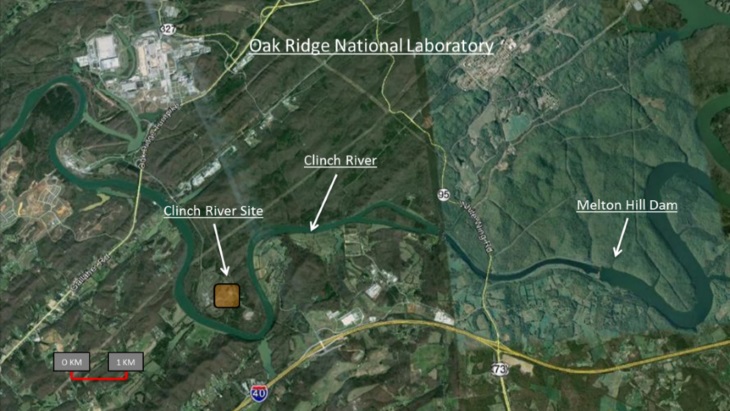

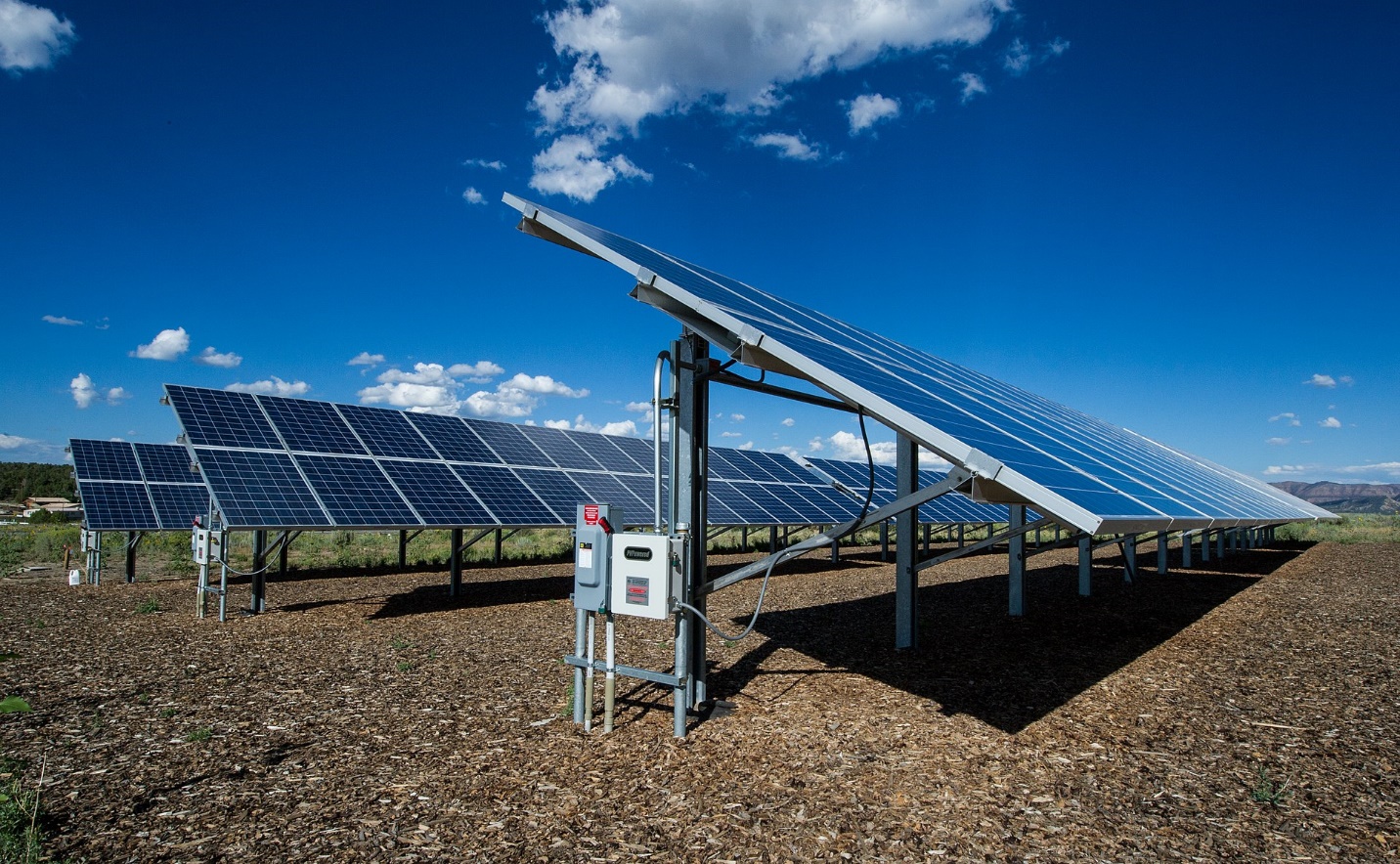 A recent article from
A recent article from 

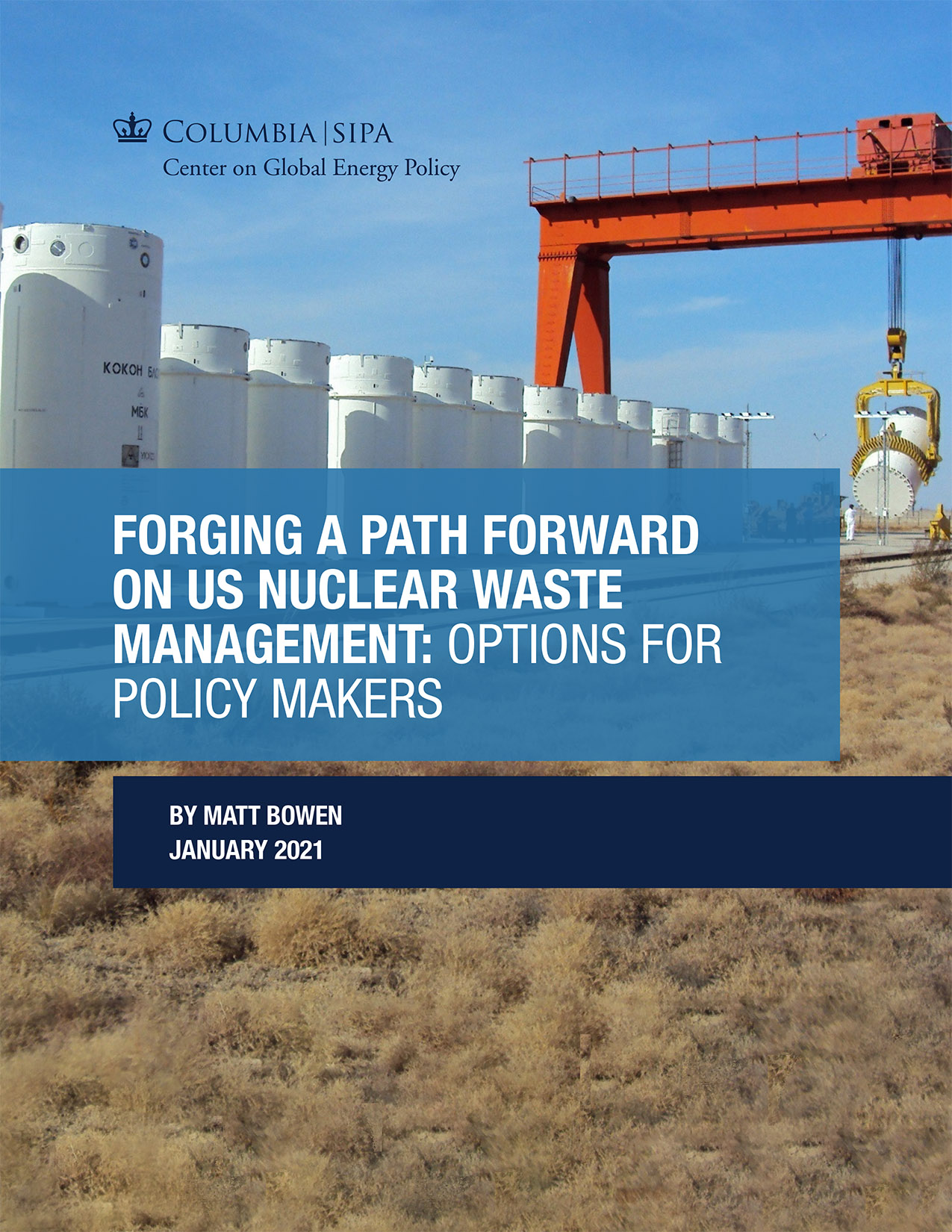 A new report out of Columbia University’s Center on Global Energy Policy (CGEP) offers a number of recommendations for improving the management of spent nuclear fuel and high-level radioactive waste in the United States.
A new report out of Columbia University’s Center on Global Energy Policy (CGEP) offers a number of recommendations for improving the management of spent nuclear fuel and high-level radioactive waste in the United States.
